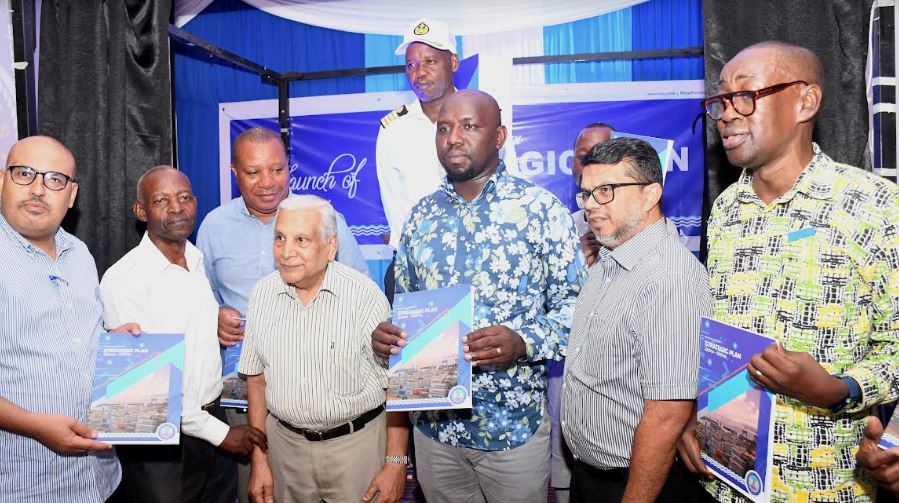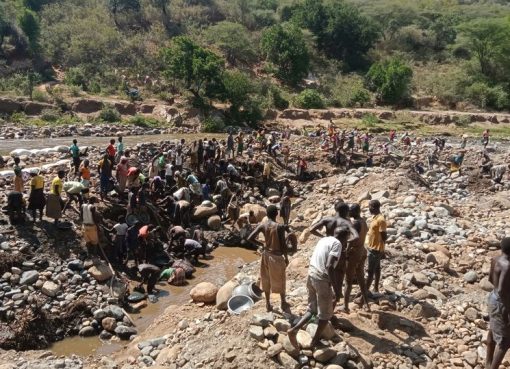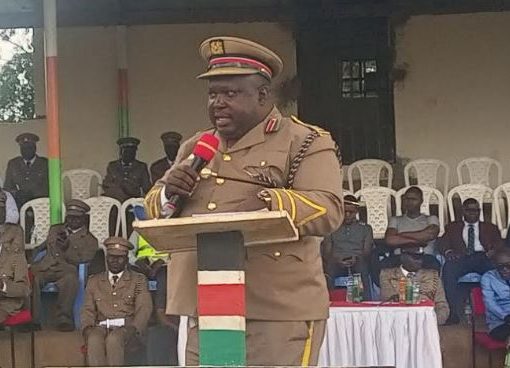Kenya Ports Authority (KPA) has launched a five-year (2023/24-2027/28) strategic plan that sets out the roadmap for the realisation of the agency’s vision of a world-class port of choice.
The 5-year plan is in line with Kenya’s Medium-Term Plan (MTP-IV) and outlines concrete actions that directly align with the government’s Bottom-Up Economic Transformation Agenda (BETA) objectives of job creation and lowering the cost of living.
Speaking during the official launch of the KPA strategic plan, the Cabinet Secretary for Roads, Transport, and Public Works, Kipchumba Murkomen, applauded the KPA management for embracing an inclusive participatory and consultative approach during the development of the Strategic Plan.

Murkomen said that it is important to acknowledge the vital role KPA plays in national development, acting as a gateway for international trade, facilitating the movement of goods, and connecting the country to the global market.
The CS also noted that through strategic investment, KPA aims to streamline port operations, reduce logistical costs, and improve the overall efficiency of cargo handling.
“These measures will undoubtedly contribute to the affordability of essential commodities, making a tangible difference in the lives of our fellow citizens,” Murkomen added.
KPA is expected to play a key role in supporting the objectives of job creation through support of the development of the Dongo Kundu Special Economic Zone and the Lamu Special Economic Zone while supporting the Blue Economy.
Murkomen said that the projected increase in cargo volumes means that there is a need to have robust plans in place to cater for increased demand. KPA has committed to continuing to expand Mombasa, fully operationalize Lamu, and improve Lake Victoria ports to provide efficient intermodal linkages along the East Africa Community (EAC) corridors.
The CS said he was happy to note that in the last one year, KPA has realised five key achievements: completed and operationalized the second container terminal city to phase 2, which increased the port’s annual capacity by an additional 450 TUs; and commissioned the Kipevu Oil Terminal, which can pass three ships of up to 170 thousand metric tonnes simultaneously.
KPA has also introduced night pilotage services for petroleum tanks at the port of Mombasa for the benefit of ship owners, who can now make big savings on waiting time.
They have also completed the first phase of the Mtongwe mainland run as part of the plan to resume Mtongwe ferry services.
KPA will also work on attracting private investors to encourage technological advancement, improve overall service delivery, and make facilities like the port of Lamu more competitive globally.
Making an overview of the KPA strategic plan, the KPA Managing Director, Captain William Ruto, pointed out that the key focus areas during this period will be customer experience and the logistics value chain.
“The strategic plan we have launched today outlines a clear roadmap to enhance the efficiency, competitiveness, and sustainability of our ports, ensuring they remain at the forefront of economic growth,” Ruto said.
The key result areas and strategic objectives of the Strategic Plan are; Business Growth, Good Governance, Operational excellence, and Customer Focus.
Captain Ruto noted that the development of port infrastructure remains core to the delivery of their mandate and that the plan has prioritised infrastructural projects based on a thorough analysis of current and projected demands in the port industry.
By Fatma Said





